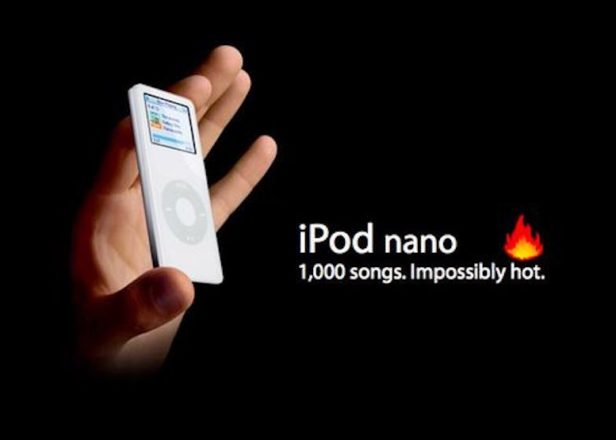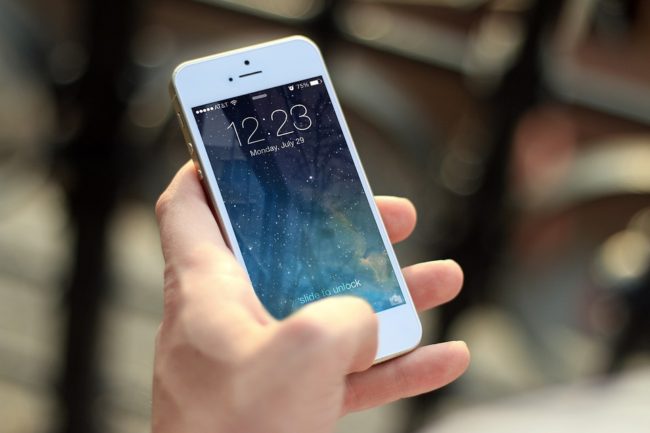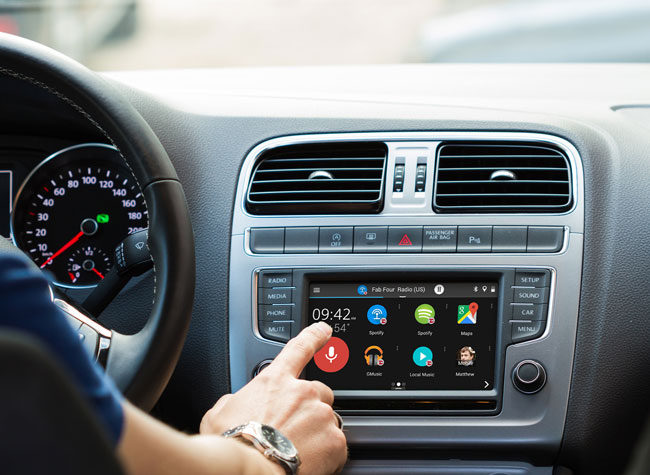Apple has the road listening habits of many people. The company was able to revolutionize the music industry in ways that were both unforeseen and rapidly accelerating. At the same time, the incessant changes in how music is listened to have diminished music sales, aroused a swarming horde of digital piracy, stripped royalties from artists, and ended an industry of music retailers — most notably Tower Records.

And yet, artists have been given more channels to market their music and opportunities for exposure, while audiences are more able to access music and experience new artist without having to purchase blindly. As the avalanche of changes in the industry continue, Apple’s two major products coming out of the late 90s and early 2000s have made major contribution toward this industry revolution.
Mr. Brandenburg and the Moving Picture Experts Group
“I don’t like the title ‘The Father of MP3,'” Karlheinz Brandenburg said about his idea, “Certainly I was involved all the time from basic research [to] getting it into the market.”
MP3s began in 1988 in Germany when Mr. Brandenburg helped convene an global team, which the International Organization for Standardization (ISO) called to establish standards in audio encoding. This team was called Moving Picture Experts Group or MPEG for short.
Over the next decade, they would develop the MP1, MP2, and finally the MP3. The MP3, specifically designed for audio compression, didn’t catch on quickly until the late 90s when internet and computer innovations made it possible to listen to MP3s easily, which also saw the rise and fall of Napster as piracy quickly became a major concern.
The biggest problem for MP3 was the limited means of listening. You needed a computer. That brought the rise of MP3 players from a variety of companies, but the tech never went to far as consummation of digital music became locked on desktop and laptop computer.
Revolution and Effects of iPod

Like a white monolith in a pre-historic savanna, the Apple released their 1st Generation iPod mp3 player on the waning months of 2001. The iPod’s sleek and simple design complemented the light, palm-sized device that would change the nature of music listening forever.
Apple marketing wizardry quickly introduced the device to listening market and spoon-fed it into consumer consciousness until there was nothing but the iPod and digital music. And with their iTunes desktop application, Apple could tie in music sales back to themselves, cutting out music retailers. It was the august moment for CDs and Cassettes and the dawn of digital music. It was also the diminished market for competing MP3 players as Apple brandished dominion over the MP3 market.
By the time the 6th Generation iPod (AKA the iPod Classic) was released in 2005, Apple seminal MP3 player could play video content and was capable of storing one’s entire music collection. The company would also introduce the iPod Mini, Nano, and Touch. Soon, as Apple takes the iPod to its full fruition, they would introduce another palm sized technology that would seize supremacy from the iPod and MP3 players’ altogether.
Apples Further Grounds Itself in the Music Industry through iPhone

Apple entered a new chapter of innovation in 2007 with the release of their iPhone. Though the smart phone had already been invented and had on the market for over a decade, the iPhone reinvented the idea of the smartphone as a touch scream computer that would feature its own version of computer programs called Apps, setting Apple apart from Palm Pilot or Black Berry. The design would eventually lead to the development of the Android operating system and copycat competitors from companies like Samsung.
The audio and video capabilities of the iPhone were superior to the iPod and would supersede the music market of their iPod cousin and other MP3 players as the main source of MP3 content, whether stored on the phone or streamed from an online source.
As smartphones would become synonymous with the iPhone, streaming services like iHeartRadio and Pandora would take MP3 music to the realm of streaming content where it now resides.
GROM Bridges Digital MP3 Music and Car Audio
As the CD player and car radio quickly receded under the rushing waves of audio content, GROM emerges onto the market, developing technology for integration of music listening from hand-held devices to car stereo/infotainment systems. Take a look at the innovation even back in 2008.
GROM’S kits created access points for iPhone and MP3 players that were still not standard for cars models during the early 2000s. These kits gave owners access to their smartphones and MP3 players through auxiliary and USB ports. USB connections not only allowed for streaming music content with song and album data, but also access to device functionality through car stereo and steering wheel controls.
Soon, GROM would move from hardware to software as it introduced apps specifically designed to enhance driver safety by reducing distracted driving. Dashlinq was introduced to provide an operating platform that would allow quickly access key smartphone features through simple, easy to use display and advance voice command activation. Most importantly for music lovers, Dashlinq offers an integrate music player, iTunes based stream radio services, and integrated Google Music platform. (The Dashlinq app was made available to Android users for the cross-platform experience.) All music options can be accessed through voice activation, leading drivers free to focus on the road and not on their music.
The Path toward Audio Innovation
The iPod has now been retired by Apple as its journey through music history has ended. The future the iPhone and other smart phones continues. MP3 is now the king of car audio. Cars are now normally built with USB and Bluetooth functionality. Pandora and other streaming services are not part of the car audio package as the CD player is an afterthought.
Now, with the introduction of infotainment systems and more advance connected car technology, the smart phone is slowly receding from car audio as infotainment systems are now acquiring many of the features that made hand-held devices so adjoined to car audio. GROM now shifted attention to infotainment systems with VLine.
The MP3 is still master of digital music and the iPhone is still a major player in the smart phone market. These innovations are now roving a long and jagged highway through a frenzied gauntlet of audio innovation. In the rearview mirror is the old era of car stereo, CD, and record players that slowly fade into a realm of memories and nostalgia. Regardless, Apple’s legacy as a major player in this revolution has been significant.


